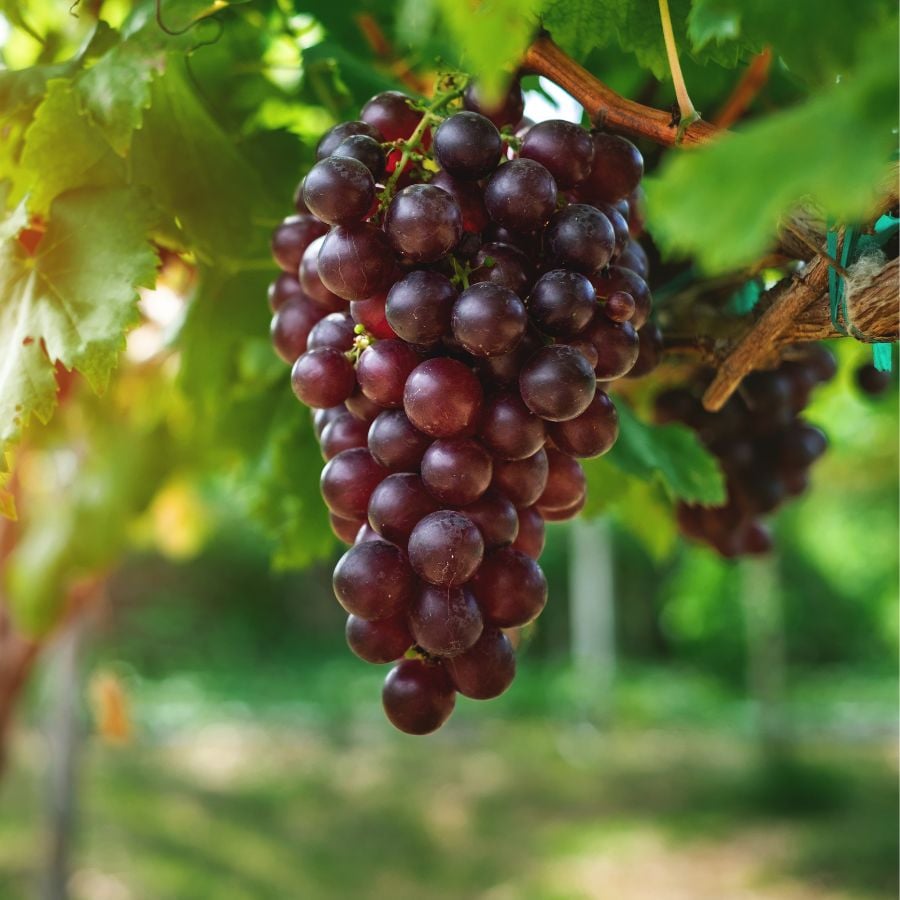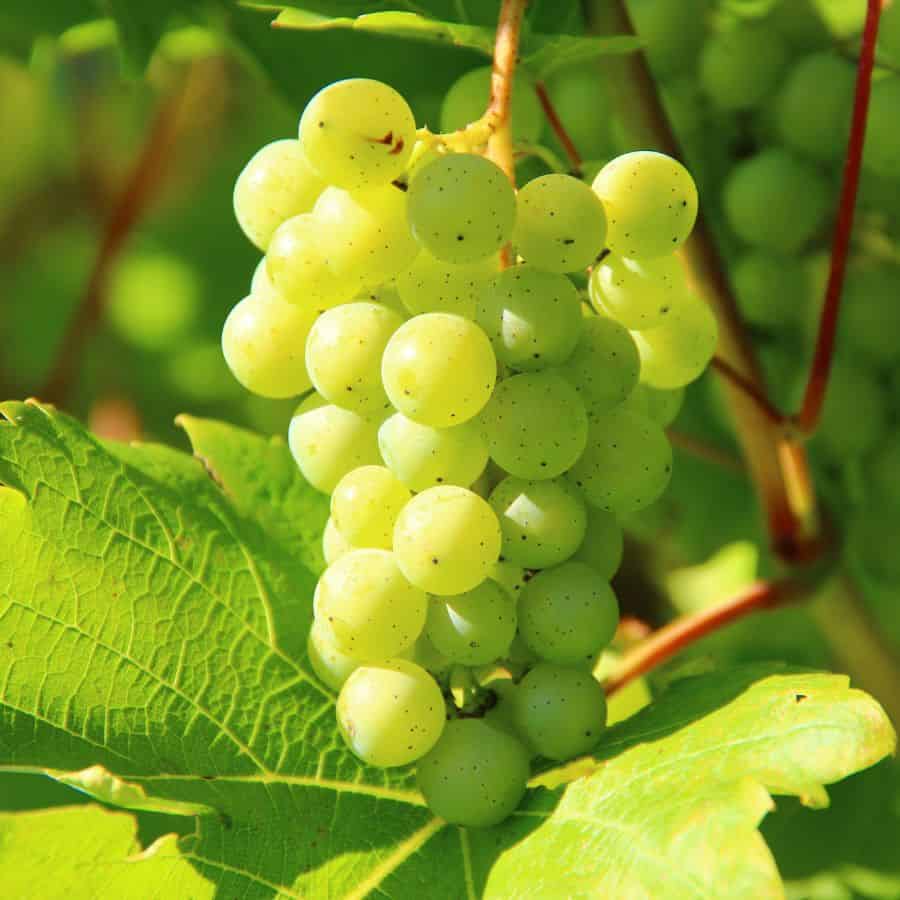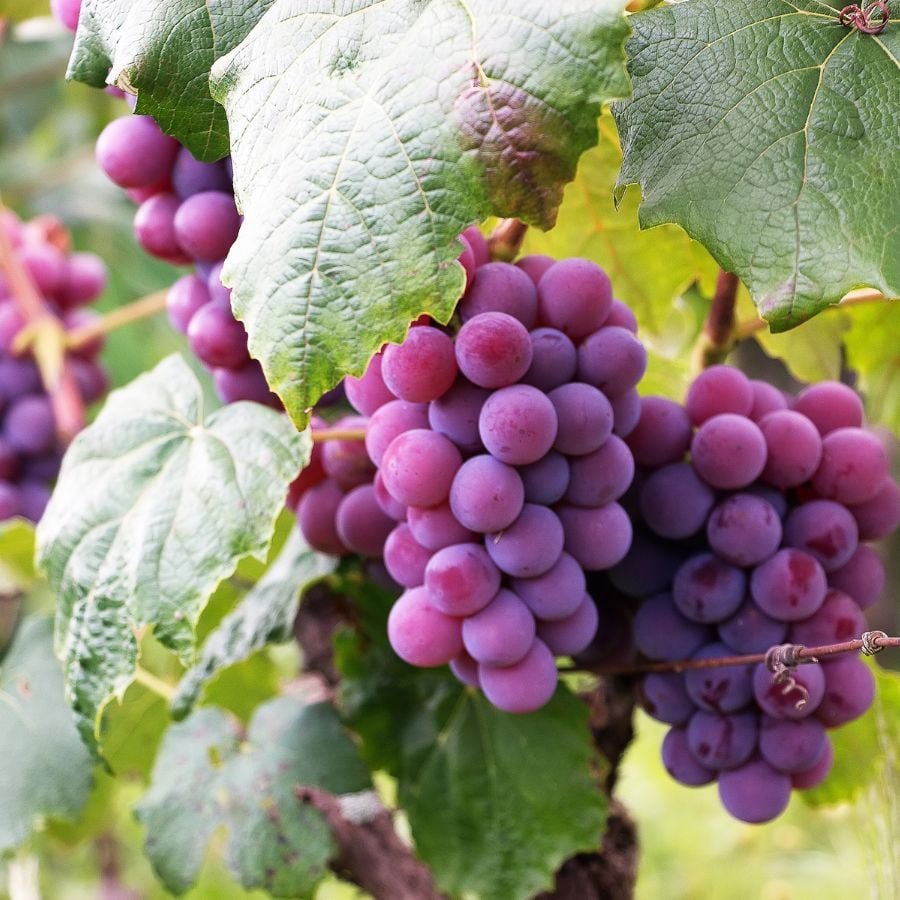Ever dreamed of harvesting your own juicy grapes but thought you needed a sprawling vineyard? Think again! I was shocked to discover that those same grapes in your fruit bowl can transform into a thriving vine right on your patio.
Ready to become the envy of your apartment complex with your own mini-vineyard? Let’s dig in!
Why Your Balcony Deserves Its Own Grape Vineyard
Container grape growing isn’t just possible. It’s spectacular when done right. Did you know grape vines can live over 100 years? Your container project could literally outlive you!

Plus, there’s something magical about watching those tiny seeds evolve into vines dripping with clusters of homegrown goodness.
(And between us? There’s no better conversation starter at your next gathering than casually mentioning, “Oh, these grapes? Just harvested them from my balcony vineyard.”)
From Supermarket to Seed: Getting Started Right
The game-changer for your grape growing journey isn’t what you think. Forget what you’ve heard about using any old grapes; source matters!
- Choose organic, fully ripened grapes from farmers’ markets or local vineyards. Those shiny supermarket varieties? Often treated with growth inhibitors that will sabotage your growing dreams.
- Look for grapes with visible seeds – those seedless varieties won’t get you very far on this adventure!
Think of grape selection like dating—you wouldn’t settle for someone who doesn’t want to grow with you, would you?
Seed Prep: The Secret Ritual Most Gardeners Skip
The secret most plant experts won’t tell you is that grape seeds need a winter vacation before they’ll even think about sprouting. This process, called stratification, is like the cold shower that jolts grape seeds awake.
- Squeeze those grapes and collect all the seeds
- Rinse thoroughly (any fruit flesh left = potential mold)
- Pat dry with a paper towel
- The crucial step: Wrap seeds in a damp paper towel, seal in a plastic bag, and refrigerate for 2-3 months
Skipping stratification is like expecting someone to run a marathon without training; technically possible, but dramatically less successful.
Bringing Seeds to Life: The Germination Game
After your seeds’ refrigerator retreat, it’s showtime! Plant them in small containers with seed-starting mix, then provide a warm, sunny location. Your south-facing window just became prime real estate.

Most people make this mistake with their grape seeds: overwatering. Keep the soil moist but not soggy; think of a damp sponge, not a puddle.
Now comes the patience test. Germination typically takes 2-8 weeks. While you wait, you might question your life choices, but stay strong! When those first green shoots appear, the thrill rivals finding money in an old coat pocket.
From Tiny Seedlings to Thriving Vines
Your baby vines need nurturing to transform from fragile seedlings to robust producers:
- Sunlight is non-negotiable – 6-8 hours daily minimum
- Thin ruthlessly when seedlings reach 3-4 inches, keeping only the strongest (it feels cruel, but necessary!)
- Transplant at 6 inches tall into containers at least 16-20 inches deep/wide
- Drainage is crucial – waterlogged roots spell disaster faster than a freezing spring frost
The primary difference between amateur and professional plant parents is their attention to these details. Your seedlings are like toddlers. They need structure, consistency, and occasional stern direction.
The Long Game: Maintenance for Maximum Harvest
Your grape vines are trying to tell you something important: they’re climbers by nature and need support! Install a trellis or stakes to guide their ambitious growth.
The path to vibrant, sweet grape clusters requires:
- Fertilizing every 4 weeks during growing season (organic, balanced formula)
- Winter pruning to stimulate new growth (don’t panic—cutting back is necessary!)
- Patience—most vines won’t fruit until their third year
Think of grape growing like a long-term investment. The returns might not be immediate, but when they come—oh, how spectacular they’ll be!
The Sweet Reward: Harvesting Your Container Grapes
The moment of truth arrives when your grapes develop full color and yield slightly to pressure. Unlike store-bought varieties, which are often picked for shipping durability, you can harvest at peak ripeness, when the sugar content is at its luscious maximum.

One flourishing container grapevine can produce up to 15-20 pounds of grapes annually once mature. That’s enough for snacking, sharing, and maybe even your first amateur winemaking attempt!
Remember: this journey transforms not just seeds into vines, but you into a more patient, observant gardener. Your balcony vineyard isn’t just growing grapes—it’s growing you.

